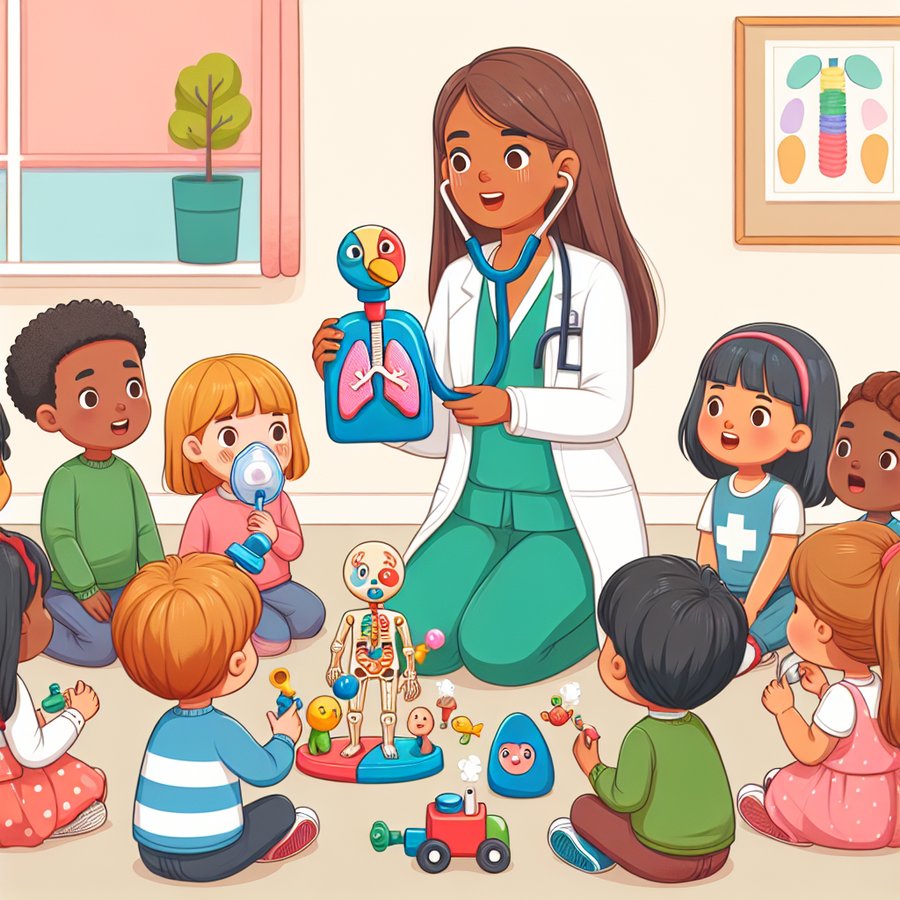Asthma is a condition that can start early in life, affecting even the smallest members of our families. Understanding asthma, its signs, and how to manage it is crucial for new parents. This article aims to provide a detailed guide on asthma in babies, offering valuable information and support to help your little one breathe easier.
What is Asthma?
Asthma is a chronic respiratory condition marked by inflammation and narrowing of the airways, leading to difficulty breathing. It can affect individuals of any age, including infants. Asthma in babies is often characterized by a wheezing sound when breathing, coughing, and difficulty breathing.
It’s important to understand that asthma can be managed with the right care and treatment. Recognizing the signs early and consulting with a pediatrician is key to providing the best support for your baby. For more detailed information on asthma, visit the Centers for Disease Control and Prevention.
How to Recognize Asthma in Babies
Recognizing asthma in babies can be challenging, as they cannot communicate their symptoms verbally. However, there are some signs that parents can look out for. These include frequent coughing, especially at night or after play, wheezing or whistling sound when breathing, difficulty breathing, and fast breathing.
It’s also important to note that other conditions such as bronchiolitis, allergies, and acid reflux can mimic asthma symptoms in babies. Therefore, getting a proper diagnosis from a healthcare provider is crucial.
What to Do if Your Child Has Asthma
If your baby is diagnosed with asthma, it’s natural to feel concerned. However, with proper management and care, your baby can live a healthy and active life. The first step is to follow the treatment plan prescribed by your pediatrician. This may include the use of medications such as inhaled corticosteroids and bronchodilators, which help to control asthma symptoms and prevent asthma attacks.
Besides medical treatment, minimizing exposure to asthma triggers is also vital. Common triggers include tobacco smoke, pet dander, dust mites, and certain weather conditions. Maintaining a clean environment, avoiding smoking around the baby, and monitoring for potential triggers can significantly help in managing your baby’s asthma. For more tips on managing asthma, consider visiting our detailed guide on asthma management.
Preventing Asthma Attacks in Babies
Preventing asthma attacks involves careful monitoring and managing your baby’s environment. Keeping your home free of dust, avoiding the use of strong perfumes or cleaners, using allergen-proof mattress and pillow covers, and ensuring pets are kept away from the baby’s sleeping area can all contribute to reducing the risk of asthma attacks.
It’s also crucial to keep up with your baby’s vaccination schedule, as certain respiratory infections can trigger asthma attacks. Additionally, educating yourself about asthma, its triggers, and how to handle an asthma attack can empower you as a parent to provide the best care for your baby.
Asthma Management Plan
Creating an asthma management plan with your pediatrician is a critical step in caring for a baby with asthma. This plan should detail the medications your baby needs, how to administer them, and what to do in case of an asthma attack. It’s important that caregivers and family members are also familiar with this plan.
Regular follow-ups with your pediatrician to monitor your baby’s asthma and adjust the treatment plan as needed are essential. With careful management, most babies with asthma can enjoy a normal, active childhood. For additional resources and support, visiting sites like Baby Whys and Hows can provide you with more insights into caring for a child with asthma.
Conclusion
While asthma in babies requires careful attention and management, it is entirely possible to control with the right approach. By understanding what asthma is, recognizing its signs, and knowing how to manage it, you can ensure your baby lives a healthy and happy life. Remember, you’re not alone in this journey. There are numerous resources and communities of parents facing similar challenges. Together, we can support our little ones in every breath they take.













